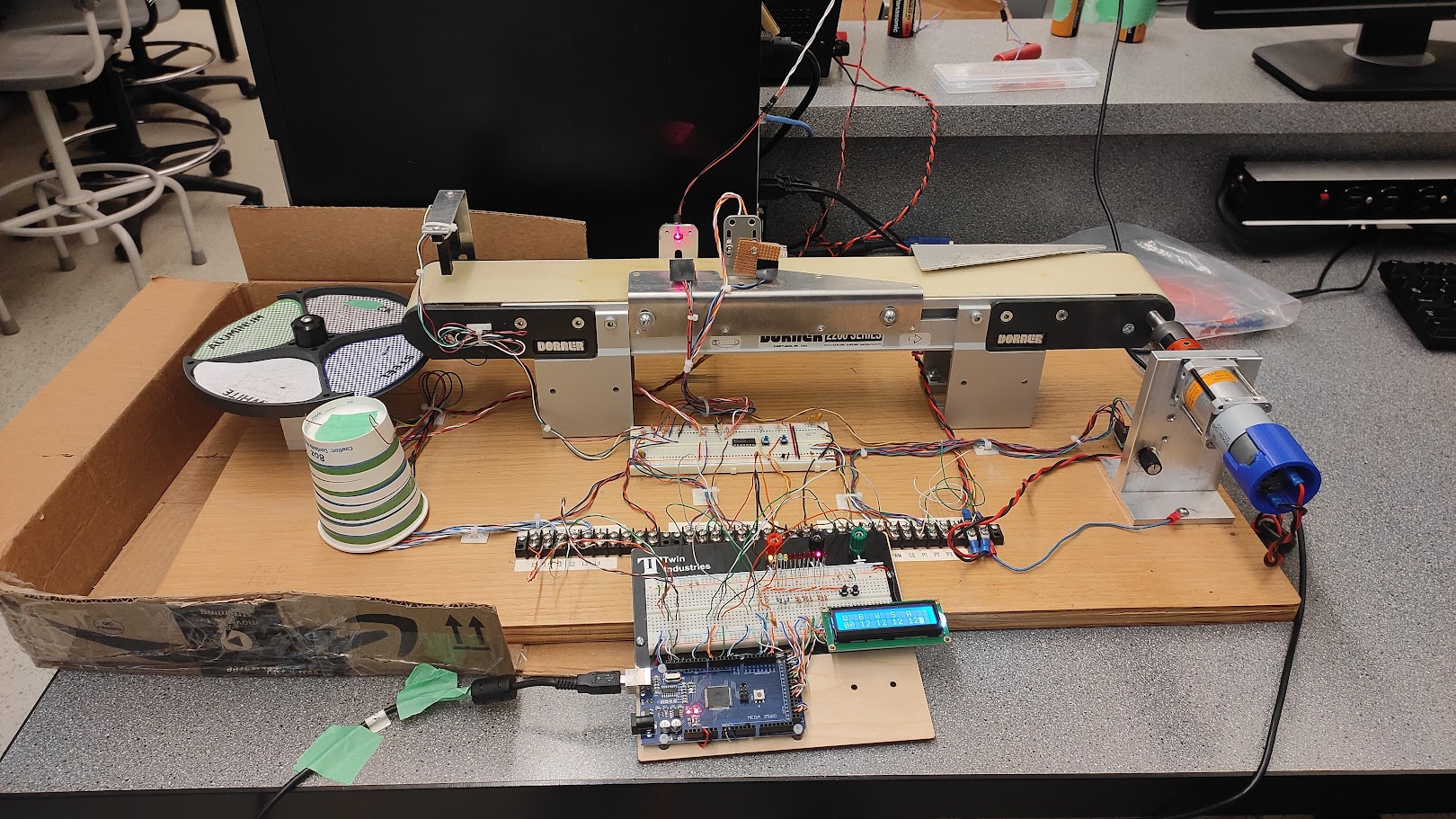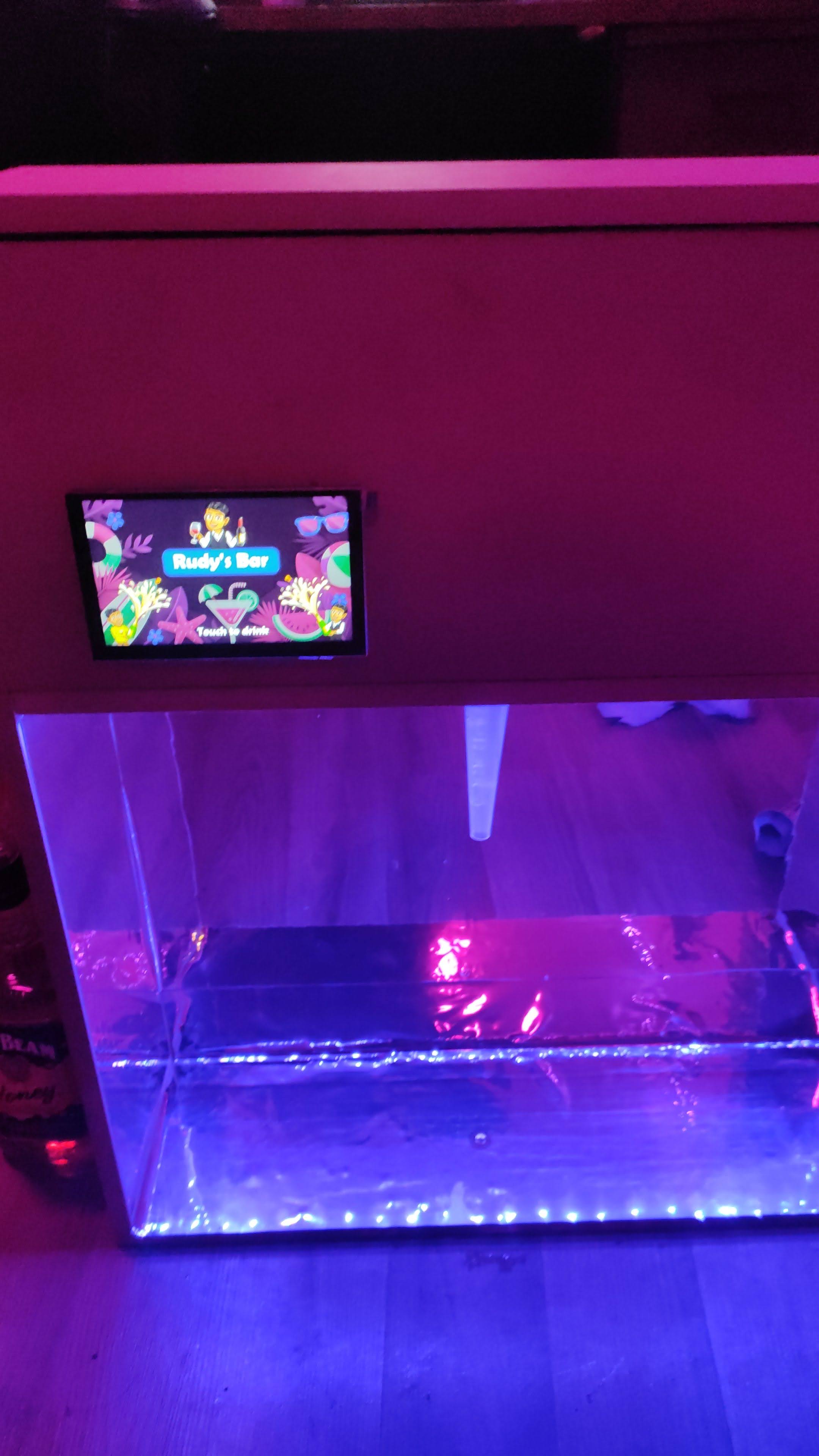Automated Penguin Detection in Natural Habitat Using Deep Learning
Automated Penguin Detection in Natural Habitat Using Deep Learning
Automated Penguin Detection in Natural Habitat Using Deep Learning



Overview
As part of the ECE 471 course, my team and I tackled the challenge of identifying penguins in their natural habitats using deep learning techniques. We aimed to develop a model capable of detecting penguins from satellite images, addressing a critical need in ecological monitoring and biodiversity studies.
Technical Approach
System Components:
Dataset: Penguin Counting dataset from the Visual Geometry Group at the University of Oxford, consisting of high-resolution images with dot annotations marking penguin locations.
Model Architecture: Simplified U-Net architecture for image segmentation.
Software Tools: Python, TensorFlow, Keras, and Google Colab for model development and training.
Development Process:
Initial Research and Problem Formulation: We identified the need for an automated system to detect penguins from satellite imagery. This project focused on using deep learning to interpret dot annotations in the dataset.
Dataset Preprocessing: Images were resized to 256x256 pixels to match the input requirements of the U-Net model. No additional preprocessing was necessary due to the focus on localization rather than detailed segmentation.
Model Development: We employed a simplified U-Net architecture, known for its efficacy in segmentation tasks. The model was trained using the Binary Cross-Entropy Loss function and optimized with the Adam optimizer.
Training and Validation: The model was trained over 300 epochs with a batch size of four, using 80% of the data for training and 20% for validation. Training was conducted on Google Colab to leverage its GPU resources.
Challenges and Solutions
Dataset Limitations:
Challenge: The dataset contained dot annotations instead of full segmentation masks, complicating the training process.
Solution: We adapted the U-Net model to generate masks around the dot annotations, effectively inferring the presence and approximate regions of penguins.
Evaluation Metrics:
Challenge: Traditional IoU metrics were not fully applicable due to the nature of the annotations.
Solution: We modified the IoU calculation by considering the annotated dots as 'mini-masks' and supplemented quantitative evaluation with qualitative visual assessments.
Computational Constraints:
Challenge: Limited computational resources restricted extensive training and experimentation.
Solution: We optimized the training process within the capabilities of Google Colab, focusing on the most critical aspects of model performance.
Project Outcomes
Current Functionality:
The U-Net model achieved modest IoU, precision, and recall metrics, but visual assessments demonstrated its effectiveness in identifying penguin locations.
The model successfully generated masks indicating the presence of penguins, despite the sparse annotations.
Limitations:
The model's quantitative performance metrics were limited by the nature of the dot annotations.
Further improvements in dataset quality and computational resources are needed to enhance accuracy.
Future Improvements
Enhanced Dataset: Acquiring more granular annotated data to improve model training and evaluation.
Advanced Models: Exploring more sophisticated architectures like Mask R-CNN for better segmentation results.
Improved Evaluation Metrics: Developing metrics tailored to dot-annotated datasets for more accurate performance assessment.
Conclusion
The Automated Penguin Detection project demonstrated the feasibility of using deep learning models for ecological image analysis. Despite the limitations of the dataset and computational resources, the project provided valuable insights into adapting segmentation models for unconventional annotation formats, paving the way for future advancements in wildlife monitoring.
Overview
As part of the ECE 471 course, my team and I tackled the challenge of identifying penguins in their natural habitats using deep learning techniques. We aimed to develop a model capable of detecting penguins from satellite images, addressing a critical need in ecological monitoring and biodiversity studies.
Technical Approach
System Components:
Dataset: Penguin Counting dataset from the Visual Geometry Group at the University of Oxford, consisting of high-resolution images with dot annotations marking penguin locations.
Model Architecture: Simplified U-Net architecture for image segmentation.
Software Tools: Python, TensorFlow, Keras, and Google Colab for model development and training.
Development Process:
Initial Research and Problem Formulation: We identified the need for an automated system to detect penguins from satellite imagery. This project focused on using deep learning to interpret dot annotations in the dataset.
Dataset Preprocessing: Images were resized to 256x256 pixels to match the input requirements of the U-Net model. No additional preprocessing was necessary due to the focus on localization rather than detailed segmentation.
Model Development: We employed a simplified U-Net architecture, known for its efficacy in segmentation tasks. The model was trained using the Binary Cross-Entropy Loss function and optimized with the Adam optimizer.
Training and Validation: The model was trained over 300 epochs with a batch size of four, using 80% of the data for training and 20% for validation. Training was conducted on Google Colab to leverage its GPU resources.
Challenges and Solutions
Dataset Limitations:
Challenge: The dataset contained dot annotations instead of full segmentation masks, complicating the training process.
Solution: We adapted the U-Net model to generate masks around the dot annotations, effectively inferring the presence and approximate regions of penguins.
Evaluation Metrics:
Challenge: Traditional IoU metrics were not fully applicable due to the nature of the annotations.
Solution: We modified the IoU calculation by considering the annotated dots as 'mini-masks' and supplemented quantitative evaluation with qualitative visual assessments.
Computational Constraints:
Challenge: Limited computational resources restricted extensive training and experimentation.
Solution: We optimized the training process within the capabilities of Google Colab, focusing on the most critical aspects of model performance.
Project Outcomes
Current Functionality:
The U-Net model achieved modest IoU, precision, and recall metrics, but visual assessments demonstrated its effectiveness in identifying penguin locations.
The model successfully generated masks indicating the presence of penguins, despite the sparse annotations.
Limitations:
The model's quantitative performance metrics were limited by the nature of the dot annotations.
Further improvements in dataset quality and computational resources are needed to enhance accuracy.
Future Improvements
Enhanced Dataset: Acquiring more granular annotated data to improve model training and evaluation.
Advanced Models: Exploring more sophisticated architectures like Mask R-CNN for better segmentation results.
Improved Evaluation Metrics: Developing metrics tailored to dot-annotated datasets for more accurate performance assessment.
Conclusion
The Automated Penguin Detection project demonstrated the feasibility of using deep learning models for ecological image analysis. Despite the limitations of the dataset and computational resources, the project provided valuable insights into adapting segmentation models for unconventional annotation formats, paving the way for future advancements in wildlife monitoring.
Overview
As part of the ECE 471 course, my team and I tackled the challenge of identifying penguins in their natural habitats using deep learning techniques. We aimed to develop a model capable of detecting penguins from satellite images, addressing a critical need in ecological monitoring and biodiversity studies.
Technical Approach
System Components:
Dataset: Penguin Counting dataset from the Visual Geometry Group at the University of Oxford, consisting of high-resolution images with dot annotations marking penguin locations.
Model Architecture: Simplified U-Net architecture for image segmentation.
Software Tools: Python, TensorFlow, Keras, and Google Colab for model development and training.
Development Process:
Initial Research and Problem Formulation: We identified the need for an automated system to detect penguins from satellite imagery. This project focused on using deep learning to interpret dot annotations in the dataset.
Dataset Preprocessing: Images were resized to 256x256 pixels to match the input requirements of the U-Net model. No additional preprocessing was necessary due to the focus on localization rather than detailed segmentation.
Model Development: We employed a simplified U-Net architecture, known for its efficacy in segmentation tasks. The model was trained using the Binary Cross-Entropy Loss function and optimized with the Adam optimizer.
Training and Validation: The model was trained over 300 epochs with a batch size of four, using 80% of the data for training and 20% for validation. Training was conducted on Google Colab to leverage its GPU resources.
Challenges and Solutions
Dataset Limitations:
Challenge: The dataset contained dot annotations instead of full segmentation masks, complicating the training process.
Solution: We adapted the U-Net model to generate masks around the dot annotations, effectively inferring the presence and approximate regions of penguins.
Evaluation Metrics:
Challenge: Traditional IoU metrics were not fully applicable due to the nature of the annotations.
Solution: We modified the IoU calculation by considering the annotated dots as 'mini-masks' and supplemented quantitative evaluation with qualitative visual assessments.
Computational Constraints:
Challenge: Limited computational resources restricted extensive training and experimentation.
Solution: We optimized the training process within the capabilities of Google Colab, focusing on the most critical aspects of model performance.
Project Outcomes
Current Functionality:
The U-Net model achieved modest IoU, precision, and recall metrics, but visual assessments demonstrated its effectiveness in identifying penguin locations.
The model successfully generated masks indicating the presence of penguins, despite the sparse annotations.
Limitations:
The model's quantitative performance metrics were limited by the nature of the dot annotations.
Further improvements in dataset quality and computational resources are needed to enhance accuracy.
Future Improvements
Enhanced Dataset: Acquiring more granular annotated data to improve model training and evaluation.
Advanced Models: Exploring more sophisticated architectures like Mask R-CNN for better segmentation results.
Improved Evaluation Metrics: Developing metrics tailored to dot-annotated datasets for more accurate performance assessment.
Conclusion
The Automated Penguin Detection project demonstrated the feasibility of using deep learning models for ecological image analysis. Despite the limitations of the dataset and computational resources, the project provided valuable insights into adapting segmentation models for unconventional annotation formats, paving the way for future advancements in wildlife monitoring.

